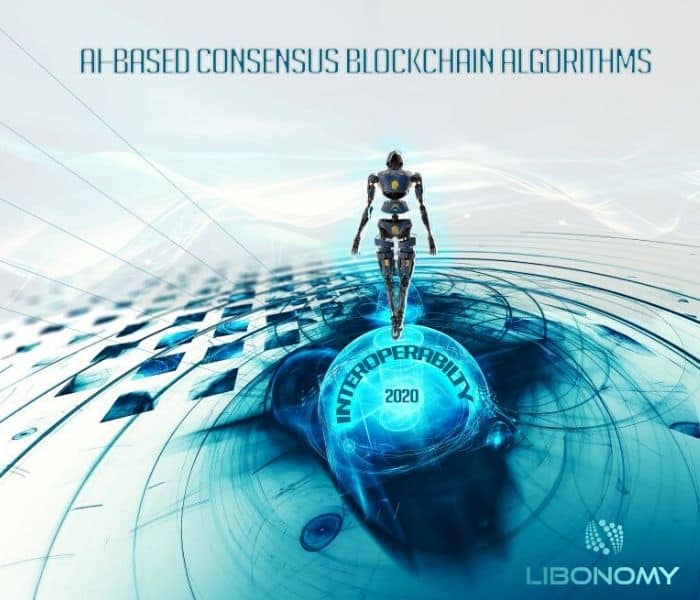When you want to know more about a new generation of blockchain, you first need to know what blockchain is, how it works, what are the landmarks in blockchain technology.
In this article I want to show you a new generation of blockchain.
First of all, let me introduce about blockchain.
What is Blockchain?
Blockchain is a record-keeping technology that is a decentralized, distributed public ledger. Actually, it is easier to understand than it sounds.
Literally, we can say that blockchain is a chain of blocks. Here block means digital information stored in the public database that is the chain.
In the blockchain, blocks have 3 parts.
- Blocks store information about transactions like date, time, and the amount you have spent on your recent purchase.
- Blocks store your information which means your digital signature or user name.
- Each block stores information separately from other blocks. Block stores a unique code called “hash” that allows us to tell it apart from other blocks.
A single block of the blockchain can store up to 1 MB of data. That means it can keep a few thousand transactions under one roof, depending on the size of the transactions.
How Blockchain Works
Four things must happen when a block stores new data and is added to the blockchain.

- A transaction must occur. For example; you have purchased something online.
- The transaction must be verified after you made a purchase online.
- After the transaction verified, it must be stored in a block.
- After the transaction verified, it must be given a unique code called “hash”. Once hashed the block can be added to the blockchain.
When a new block is added to the blockchain, it becomes publicly available. Anyone can see it. If you check bitcoin’s blockchain, you can see that you have access to the transaction data along with information about when, where, and by who added the block to the blockchain.
Generation of Blockchain
Just like other technology we can divide blockchain technology into three different generations.
First Generation
At the first generation of blockchain, the main focus was to create a currency that can be used without any centralized intermediary for transferring funds from one place to another.
It was designed especially for digital currency and for advancing the goals of digital currencies more broadly.
In the earlier stage, blockchain set up the basic premise of a shared public ledger that supports the cryptocurrency network.
Second Generation
Gradually developers understand that blockchain can do more than simply document transactions. The founder of Ethereum turned blockchain into an infrastructure. It introduces clauses and conditions that can be transparent to all participants. In this way, it became more trustworthy.
Like other technology, it had also some drawbacks such as Sustainability, Scalability, and operability.
Third Generation
It is a new generation of blockchain. The third generation of blockchain is useful for the flow of information and contracts. This technology can permit different blockchains to have conversations with each other.
All the cryptocurrencies facing trouble for transaction processing time and bottlenecking. In the new generation of blockchain, they are trying to solve the issues of transaction processing time and bottlenecking.
How This New Generation of Blockchain Works
The working procedure is not too complex in the new generation of blockchain. When the nodes join the blockchain system, the AI automatically runs its analysis on nodes. The analysis is carried forward on the contribution and participation of the nodes of the blockchain.
Once the analysis is completed, the data is transferred to the algorithm. The algorithm classifies the data depending on the nature of nodes and assigns a pool to each one of them.
There are four different types of pools working in the new generation of blockchain.
The power pool is the main pool where the transactions are verified and validated.
Exploit finding pool runs a security check-up on the nodes to look for any issues.
The maintenance pool is a pool for all other nodes that are not assigned to any other pool. The maintenance pool also plays a role in the backup.
The audit pool is assigned for the rules and regulations.
There is limited communication between a blockchain with other blockchains. But in the new generation of blockchain, Libonomy Blockchain has the feature of interoperability. In this feature, multiple blockchains can work under an umbrella.
The Libonomy Blockchain can support public and private blockchain. The Government, corporations, health, education, and other organizations can integrate the blockchain in their organization to manage the work with stability and security.
Key Benefits of The New Generation of Blockchain – Libonomy
Libonomy Blockchain offers some key features:
- Completely decentralized
- Better distribution
- Energy efficient
- Nodes are not required to the high computing power
- Dynamically scalable
- No security vulnerabilities
- Completely autonomous
- Interoperable
- Low transaction fees
Areas of Application of Libonomy Blockchain
I think you now understand how the third generation of blockchain, like Libonomy can make our life easy. Let’s see how we can use Libonomy blockchain:
Decentralized Exchange (DEX)
Libonomy will have the first decentralized exchange with true interoperability within the blockchains. DEX will not act as an intermediary but acts as a platform that can help to find the matches between buyer and seller of assets.
Know Your Customer (KYC)
Identity verification system requires while you are working with any financial instrument, assets, etc. Libonomy’s AI technology will create a fully automatic KYC procedure.
Enterprise Resource Planning (ERP)
Libonomy blockchain will allow solving problems with trust between all members of the supply chain and production process.
GST/PAYG
The taxes on goods and services, pay as you go, income tax, and all other taxes all can be clearly and transparently implemented on the Lebonomy Blockchain structure.
B2B2C
A business will be able to organize transparent workflows built on the blockchain or even interact with other enterprises and other blockchains within the Libonomy ecosystem.
End Words
The new generation of blockchain Libonomy is an idea for DEX. All interested developers will be able to develop DAPPs like DEX using the SDK and APIs integration provided by Libonomy Blockchain.
Read More Articles








Pingback: Top Cyber Security Tips | OS Digital World
Pingback: How AI Is Assisting Several Doctors To Fight COVID | OS Digital World